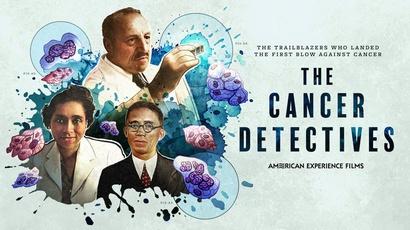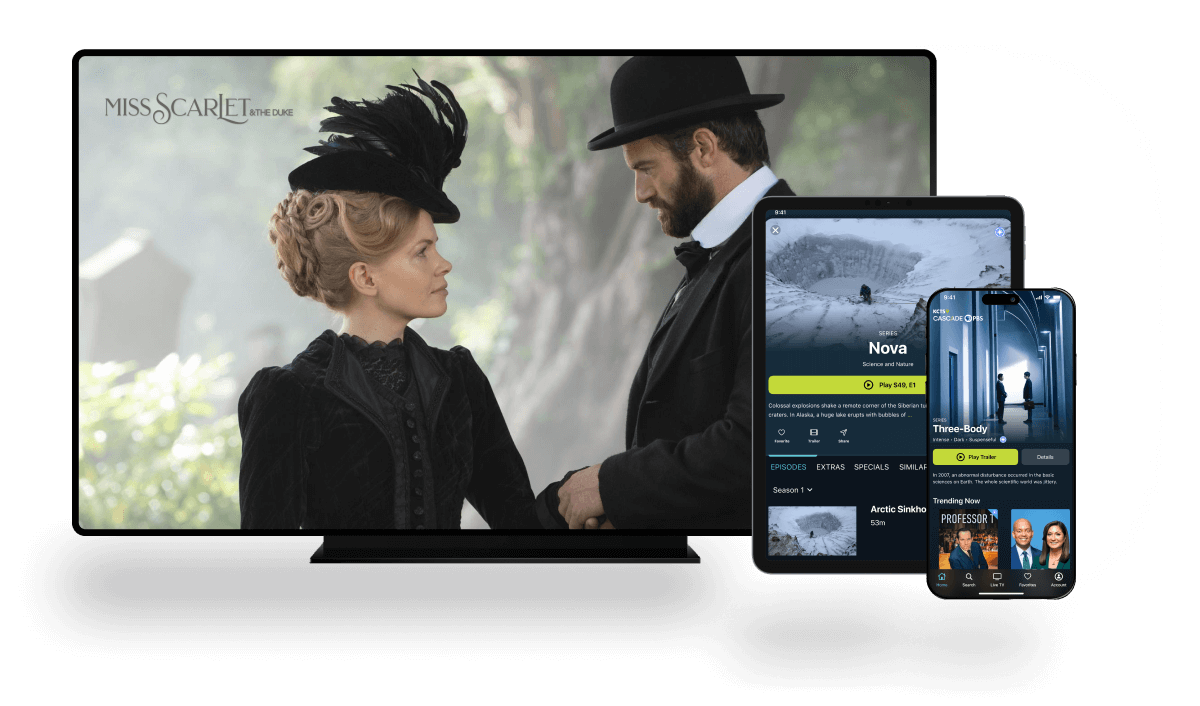Watch Clip

Earthkeeping: Toxic Racism
4m 33s
Learn about the beginning of the environmental justice movement in this video segment adapted from Earthkeeping: Toxic Racism. Meet various experts and leaders who describe the issues of environmental racism and justice, and learn about the watershed event—the controversy over the location of a toxic landfill in Warren County, North Carolina—that brought the issues to national attention in the ear





























